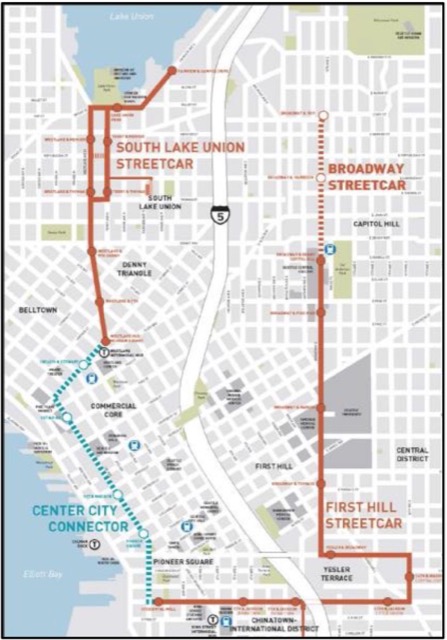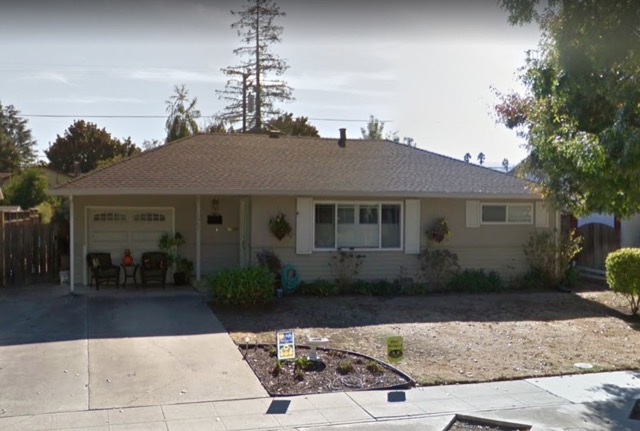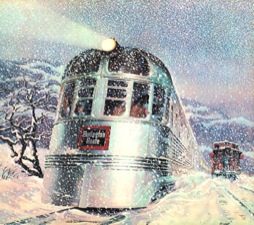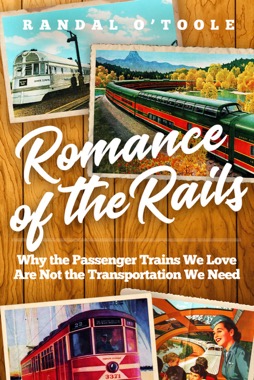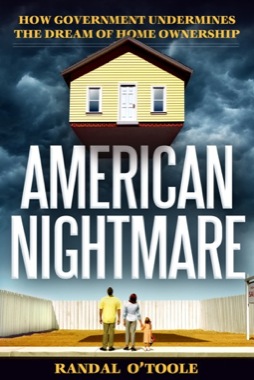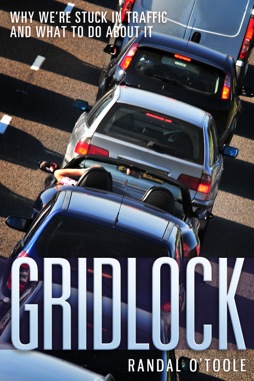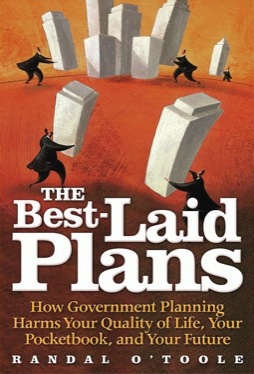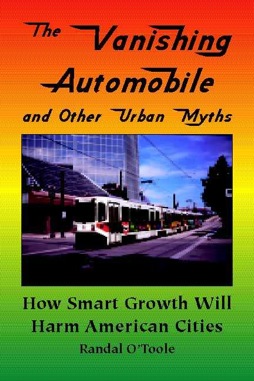A woman crossing a street in Tempe was struck and killed by an Uber autonomous car at 10 pm Sunday night. Although it is too soon to tell for certain, it appears that the accident could not have been prevented no matter who was in control of the car.
Scene of the accident. Scroll left to see the poorly designed pedestrian path that the woman was apparently using before crossing the street.
According to police, a woman pushing a bicycle laden with shopping bags stepped from the roadway median into 35-mile-per-hour traffic. The Uber vehicle, which had a back-up human driver behind the wheel, did not have time to even brake before it hit her. Continue reading

